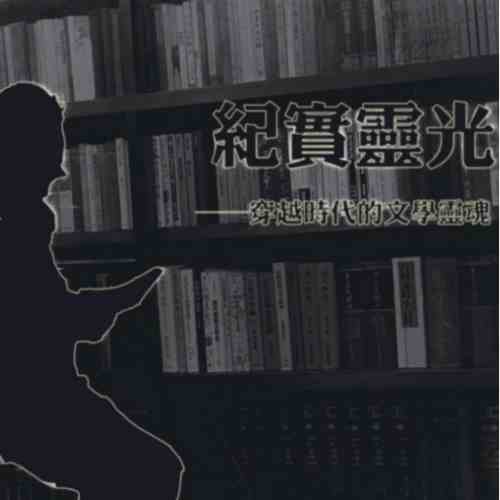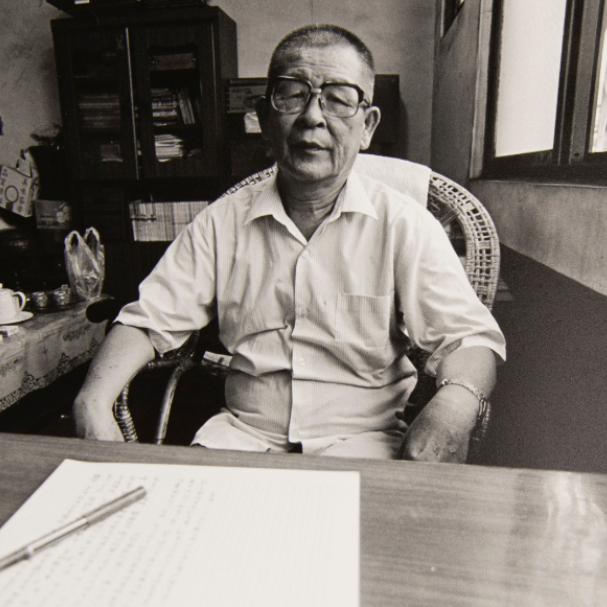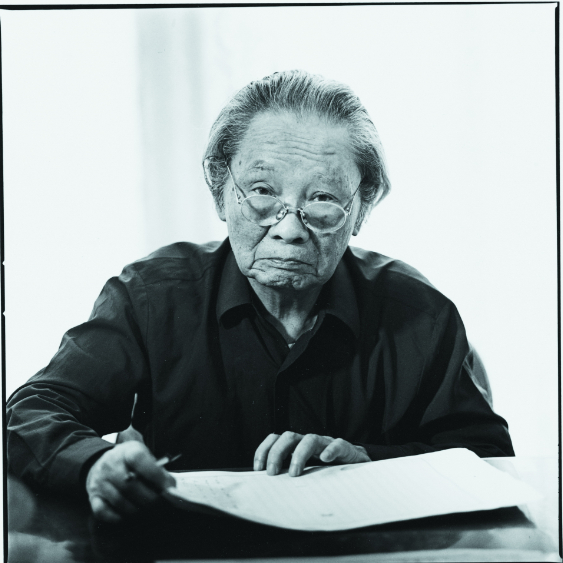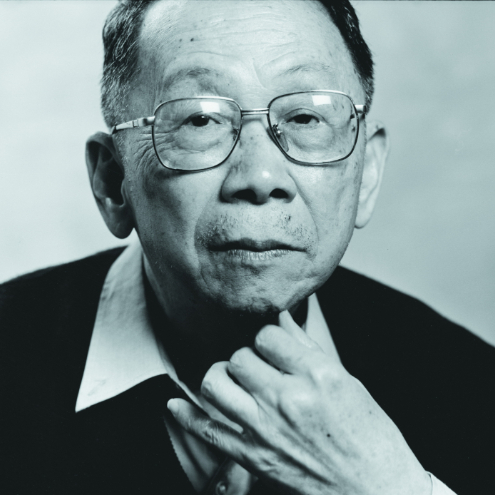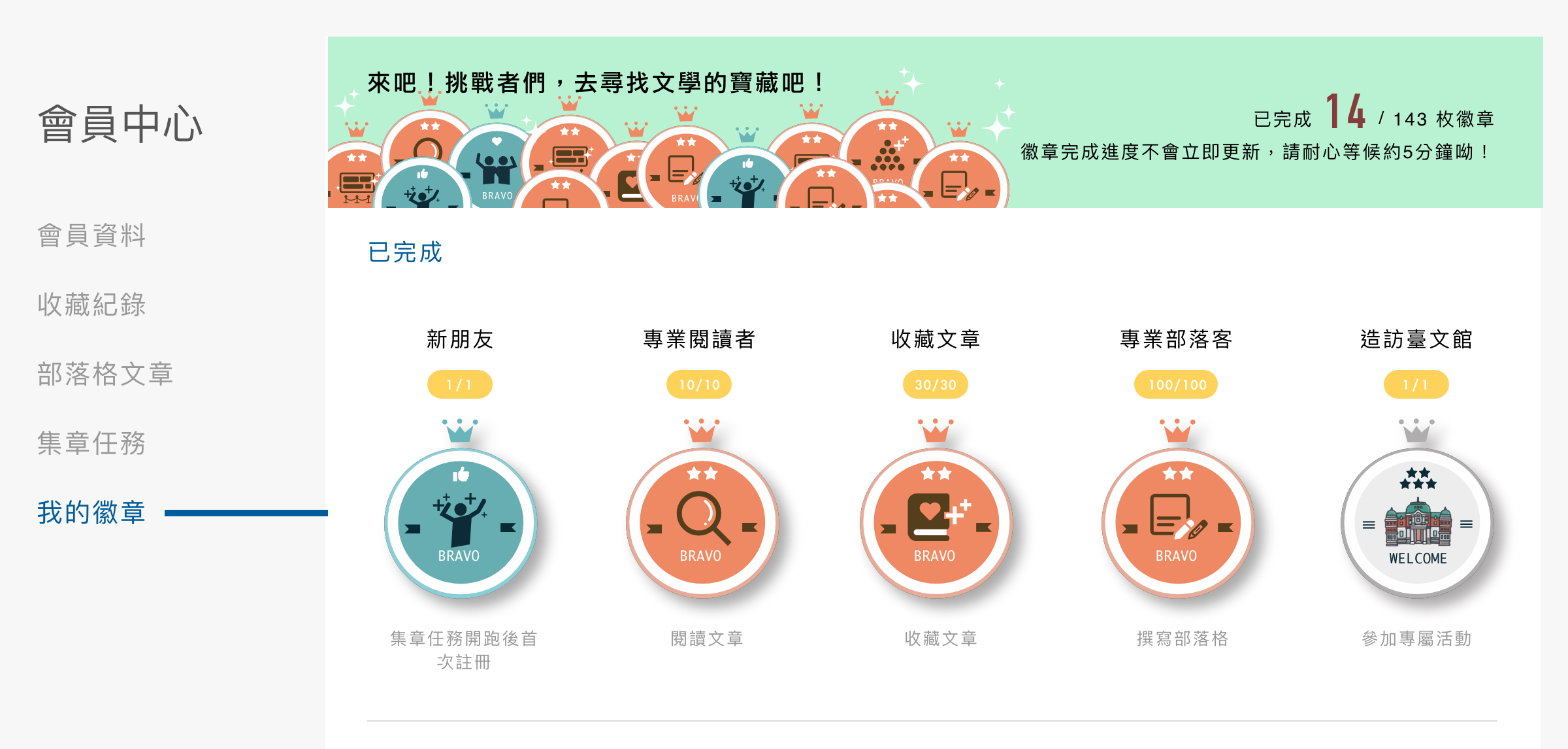Looking at clouds at Jiaoban Mountain
Watching Amuping River from the Central Ridge
Crows hover in the sky in groups
Autumn winds have turned chilly
Old camphor trees, hundreds and even thousands years old
Have seen so many eras and lives
Moss grows, before people step on them
Wild white hibiscus flowers bloom amid silver grass
The Sun, popping out from clouds
Let the flowers bathe in its lights
Oh! It is your birthday again
40 years ago, I visited you in Tunghai with my mother
To celebrate your 31st birthday
——Dupan Fangge, Season of Hibiscus Flowers.
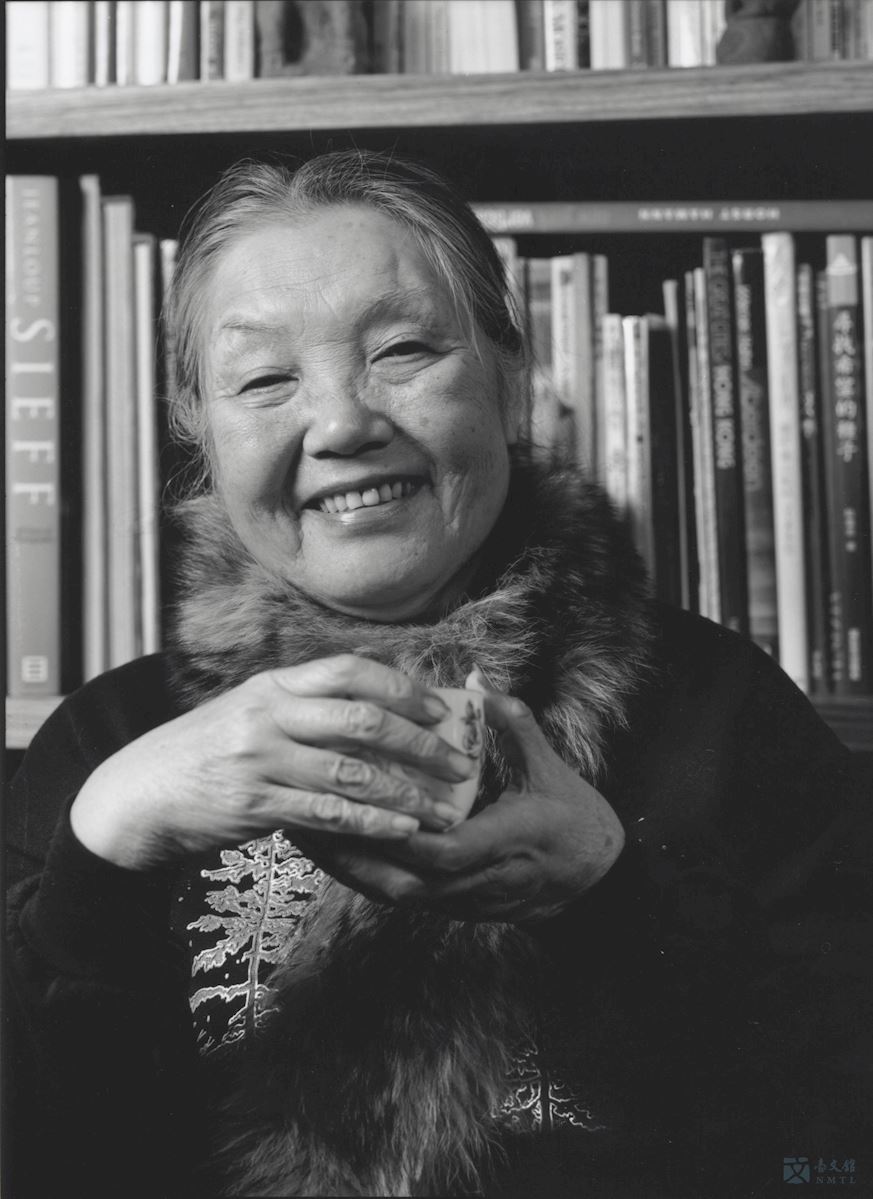
▒ Dupan Fangge ▒
In this bust photo, the writer held a teacup in her hand, standing in front of a bookshelf. Photographers’ Studio, Linyi Street, Taipei City, December 2001.(Provided by Lin Po-Liang)
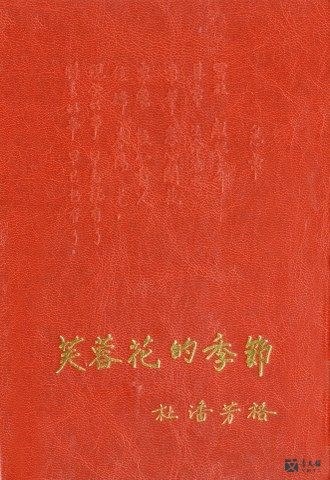
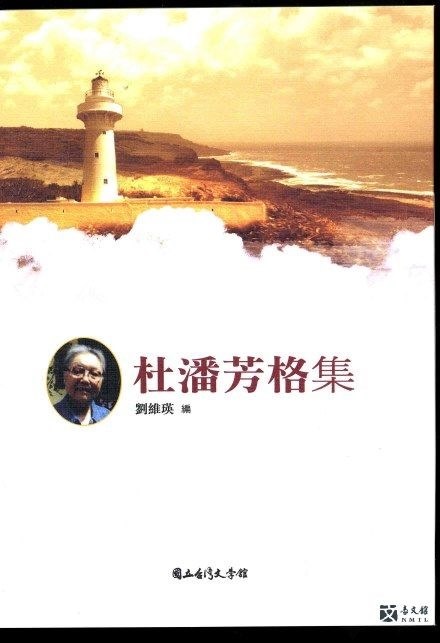
📖 “Season of Hibiscus Flowers” & “The Complete Works of Dupan Fangge”
Introduction
Dupan Fangge (1927-2016) had a given name of Pan Fang-ke. Born in Xinpu, Hsinchu, she was ethnic Hakka. Tu Pan graduated first from Taipei Girls’ High School and then Hsinchu Girls’ High School. She enrolled in Taipei Women Teachers’ College but did not graduate. Fu Pan was the leader of Taiwan Arts and Cultural Club and the Female Whale Poetry Club. She spoke Hakka as her mother tongue when little, received education in Japanese, and used Chinese to communicate with others after the war. The writer even had to learn English as she became an immigrant. A complicated colonized background and her identity as a woman became her sources of inspirations in writing.
During the years, it felt like blood and tears were slowly welling. Since her rise in the poets’ community in the 1960s, Tu Pan insisted on a “clean” use of language. She pursued spiritual freedom while delving into truths. As a member of the Li Poetry Club and a poet of the “cross-language generation,” she made an official entrance into the poets’ community around 1968. In 1977, she published her first poetry book, Celebrating Longevity, in both Chinese and Japanese. Thereafter, she continued to publish more books such as Grace of Parents, High of Mountains and Deep as Seas, Saving Layers (in Japanese), Blue Phoenix and Waves of Orchids, and Season of Hibiscus Flowers.
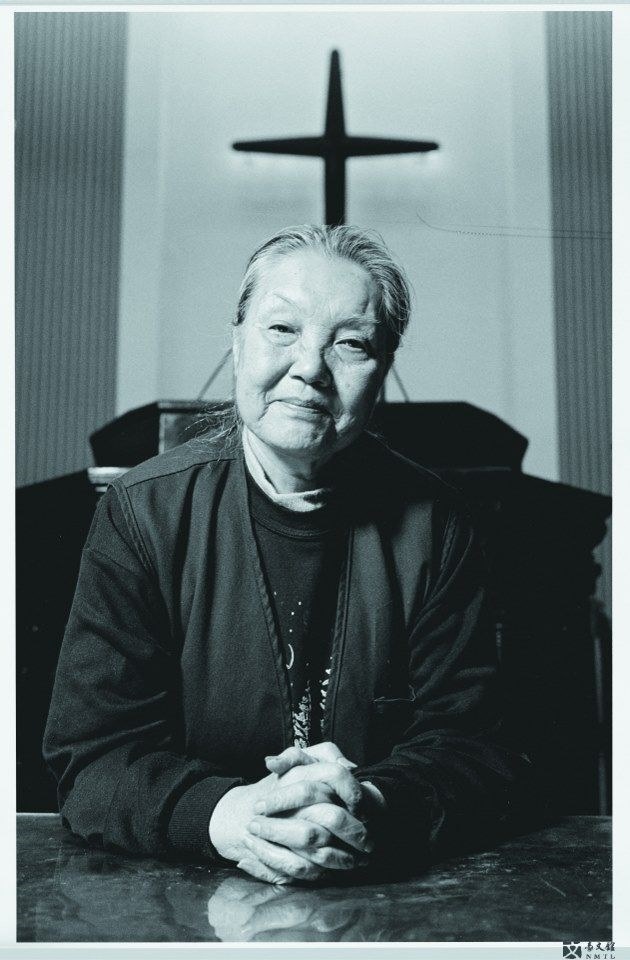
Dupan Fangge
In this bust photo, Tu did not wear glasses but a smile. She crossed her hands in the front, and at her back was a Christian cross. Zhongli Church, December 2001.(Provided by Lin Po-Liang)
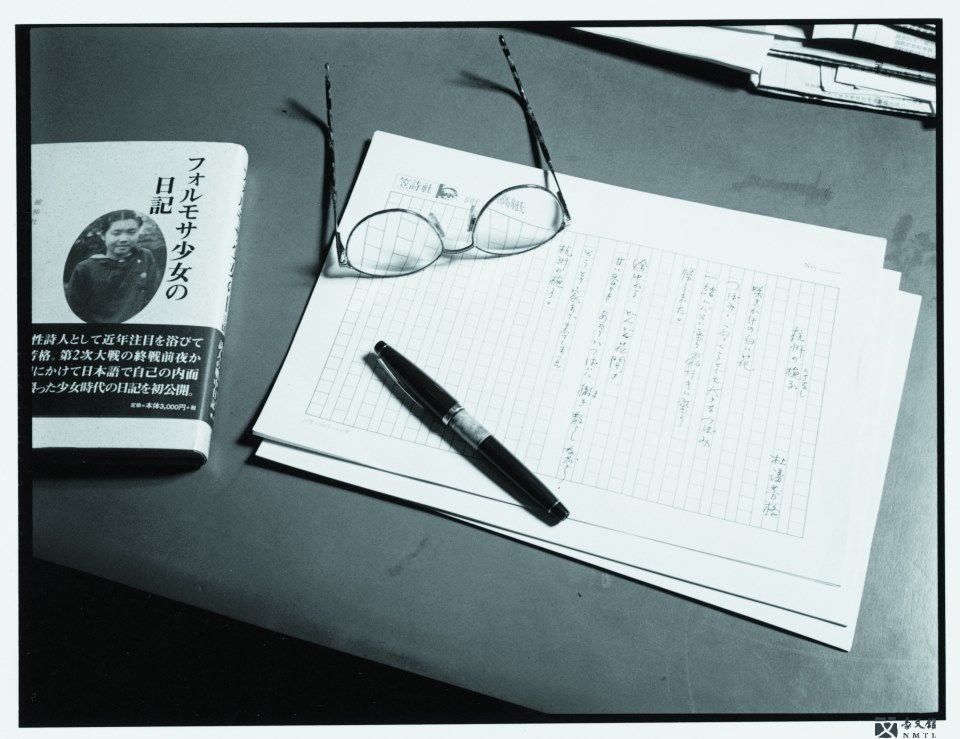
Close-up of Dupan Fangge’s writing desk.
Close-up of the manuscript of “Gardenia of Hangzhou,” glasses, and a pen, a library in Tu’s place, December 2001.(Provided by Lin Po-Liang)
🎬 “The Uterine” by Dupan Fangge
Manuscript
.jpg)
► The Spring.
Composed of just two sentences, the poem describes the writer’s feelings for the spring.
(Donated by Dupan Fangge / Collected by National Museum of Taiwan Literature)
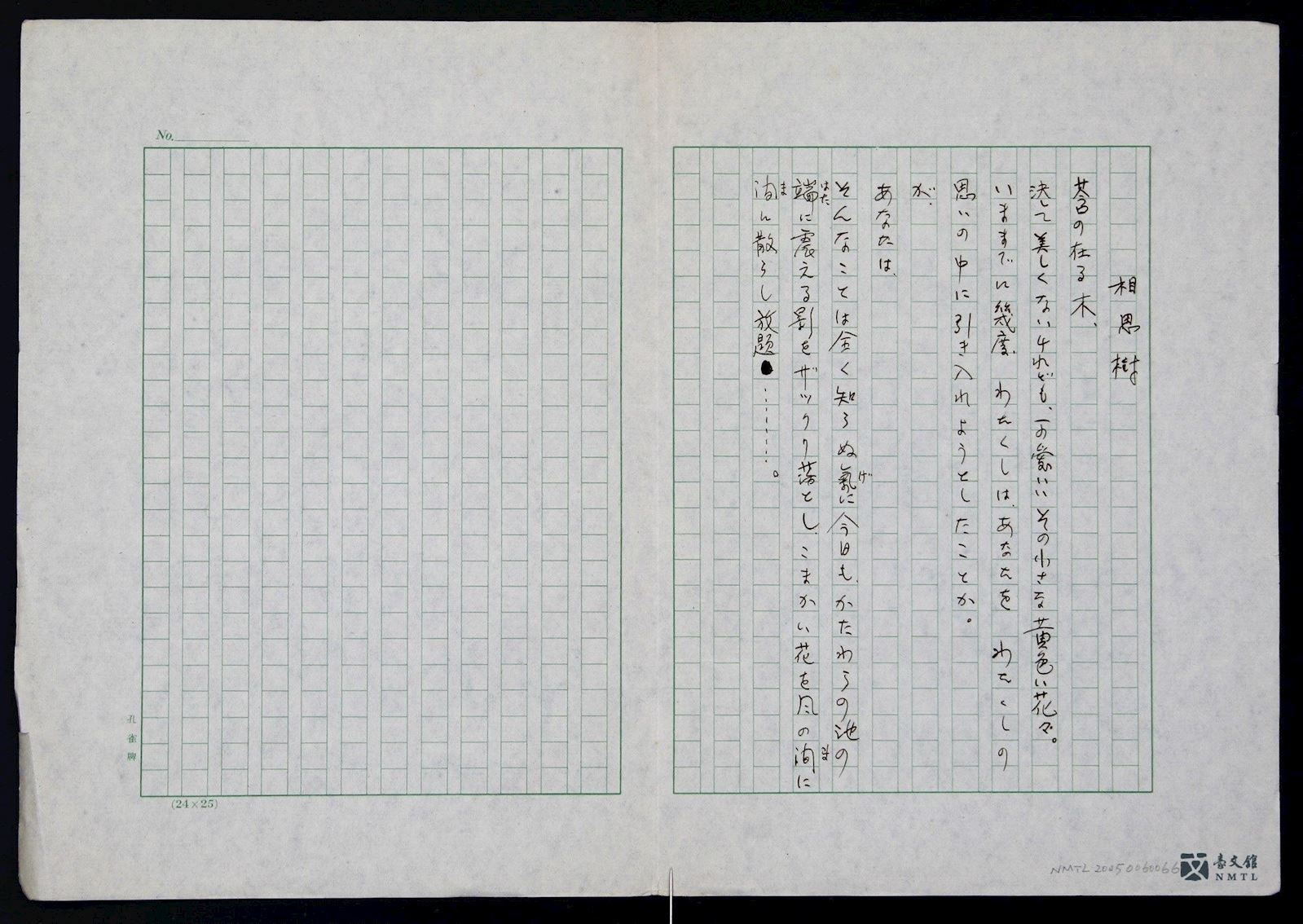
► Taiwan Acacia.
In “Taiwan Acacia,” through describing scenery about Taiwan Acacia trees, the writer expressed the romantic feelings for “you” and the indifference of “you.”(Donated by Dupan Fangge / Collected by National Museum of Taiwan Literature)
